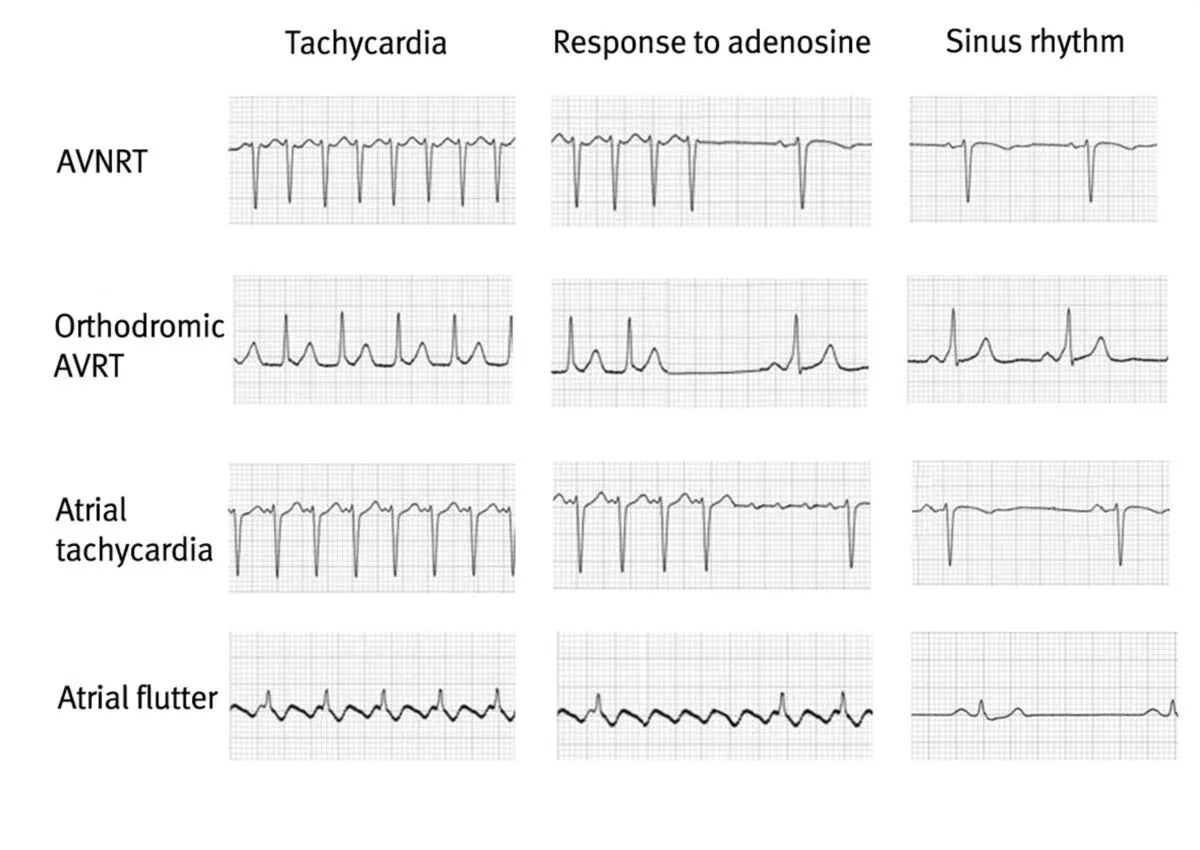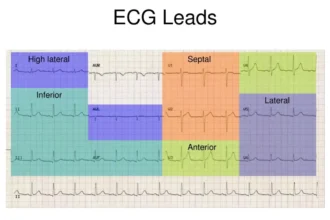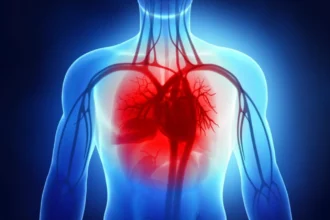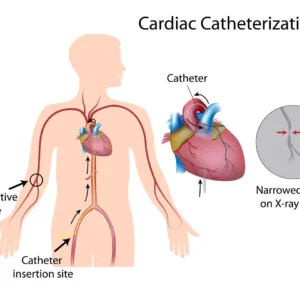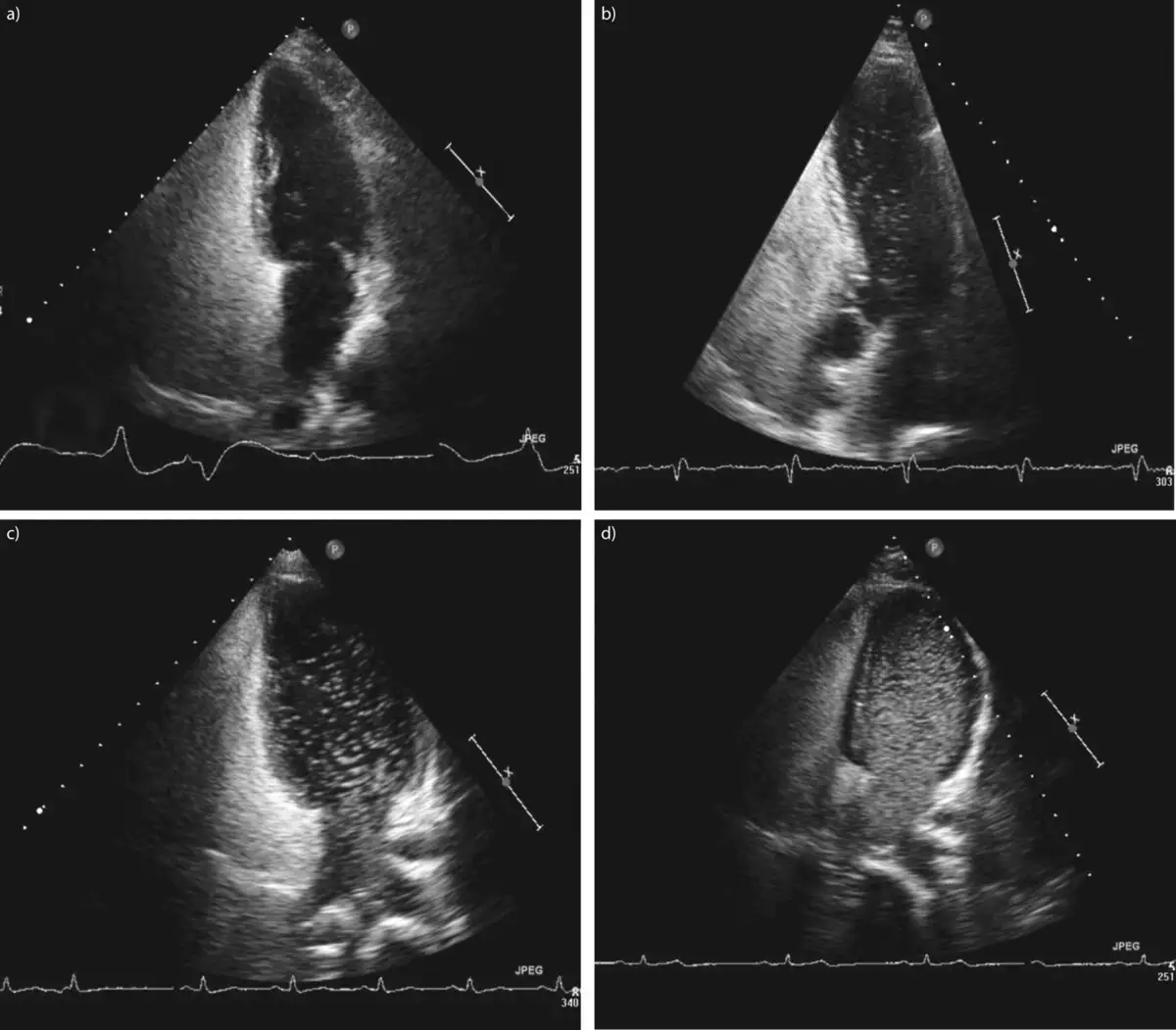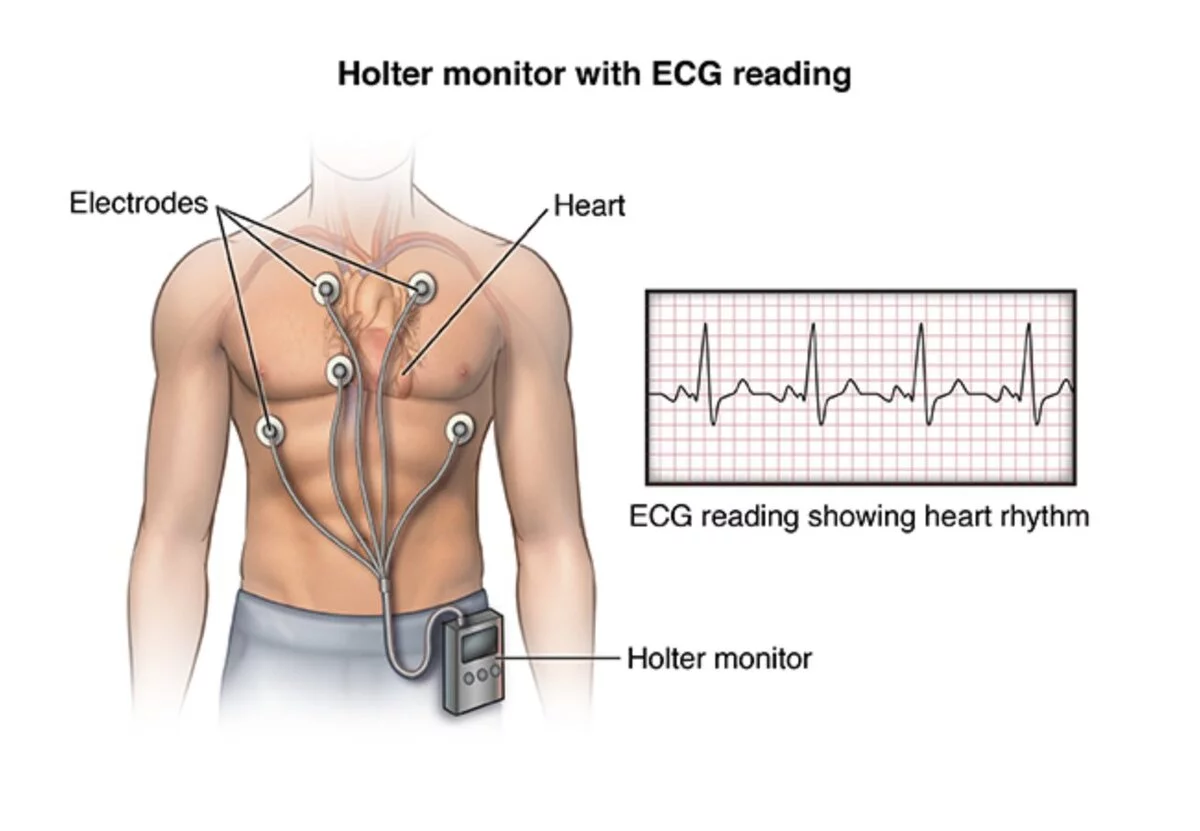On the vast horizon of electrocardiogram (ECG) readings, Sinus Rhythm with Artifact stands out as a unique and often misunderstood subset. It is precisely this topic that we delve into today, aiming to unravel the complexities and elucidate the fundamental knowledge necessary for a comprehensive understanding.
Defining Sinus Rhythm with Artifacts
To start, we must break down what each constituent of Sinus Rhythm with Artifact entails. At its core, sinus rhythm describes the normal activity of the heart, as it rhythmically initiates electrical pulses from the sinoatrial node (often referred to as the heart’s “natural pacemaker”). These pulses prompt regular rhythmic contractions, resulting in a coordinated heartbeat.
Artifacts, on the other hand, are distortions that appear in an ECG tracing. They are not produced by the heart’s electrical activity but instead stem from external factors such as patient movement, poor electrode placement, electrical interference from nearby devices, or even machine error.
Understanding Sinus Rhythm with Artifact

Sinus Rhythm with Artifact involves a normal heart rhythm on an ECG that also exhibits various forms of artifact distortion. This means that while the underlying heart rhythm is normal, the ECG tracing is interrupted by noise or some form of interference, making the readings potentially harder to interpret.
Interpreting Artifacts with Sinus Rhythm
There are multiple artifact types one might encounter on an ECG tracing, and each requires a unique approach to interpretation.
- Patient or Environmental Movement. Rhythmic or periodic distortions that coincide with the patient’s breathing or some external environmental factor like the shaking of a nearby device. These commonly manifest as jagged or irregular lines on the ECG tracing.
- Poor Electrode Placement or Contact. Disconnected or loosely connected electrodes can cause noticeable shifts in the ECG waveform, possibly creating significant peaks or drops in the tracing.
- Electromagnetic Interference. This can appear as a consistent, high-frequency distortion on the ECG tracing, often from nearby electronic equipment or faulty grounding of the ECG device.
Dealing with Sinus Rhythm with Artifact
To accurately interpret a Sinus Rhythm with artifact, the focus should primarily be on discerning the underlying sinus rhythm and ignoring the artifact where possible. However, artifact elimination should always be a priority. Clinicians should use a methodical approach to address common causes of artifact:
- Patient Comfort: Encourage the patient to be relaxed, and still, and refrain from talking during the recording.
- Electrode Management: Properly prepare the skin and secure the electrodes to ensure good electrical contact and minimize skin-electrode impedance.
- Equipment Maintenance and Use: Regularly maintain ECG machine and cable integrity; minimize potential external sources of interference when choosing ECG recording locations, and ensure proper grounding of the ECG device.
In Conclusion to Sinus Rhythm with Artifact
Sinus Rhythm with Artifact is a term that denotes the presence of a normal heart rhythm on an ECG, despite the occurrence of signal distortion introduced by several other factors. Recognizing this important detail can aid in the accurate reading and interpretation of ECGs. While tricky at first, a careful approach to avoid the common culprits of artifacts can help efficiently manage this challenge, thus making clear, readable ECGs the norm rather than an exception. From patients to physicians, an understanding of Sinus Rhythm with Artifact is invaluable, enhancing both healthcare standards and patient outcomes.
Read also: Holter monitor results example




